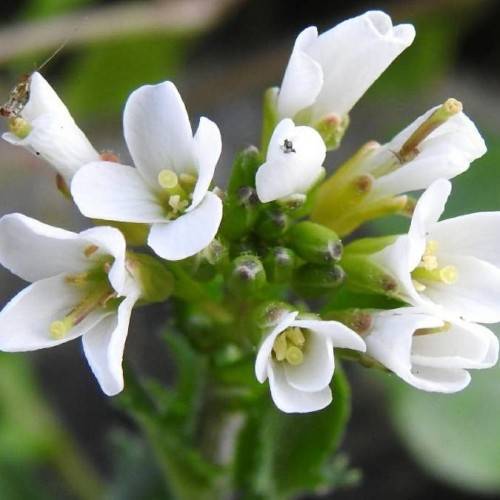
Narrow-Fruit Braya
Braya linearis
Watering:
Frequent
Hardiness Zone:
Sun:
full sun,part shade
Leaf:
Yes
Growth Rate:
Low
Drought Tolerant:
Yes
Salt Tolerant:
Yes
watering
Mccalla's Braya should be watered once or twice a week depending on the level of soil dryness. Water the soil until moist but not soggy to ensure optimal soil conditions for the root system. Make sure to avoid overwatering to prevent the plant from getting root rot. Use lukewarm water instead of cold water to prevent the plant from going into shock. Mccalla's Braya should be watered in the early morning or late evening when the temperatures outside are cooler.
sunlight
Mccalla's Braya (Braya humilis subsp. maccallae) grows best in full sunlight, although it can tolerate partial sun. This plant species should receive several hours of direct sunlight every day, preferably between 10am and 4pm. In areas with hot temperatures, it is best to provide a few hours of afternoon shade since its leaves may become scorched in full, midday sun. Plants grown in partial sun should be provided with at least 4 hours of direct sunlight. Avoid planting Mccalla's Braya in deep shade and in areas where shade will remain consistent throughout the year.
pruning
McCalla's Braya should be pruned around the end of June when it is at the peak of its flowering schedule. You should aim to leave at least half of the flowers on the plant after pruning and do so gently to reduce the amount of stress on the plant. In general, prune your Braya by cutting back the stems so that the flowers are not overcrowded. This will help promote stronger and healthier growth. Take care not to prune too tightly, as this could cause the removal of too much foliage, which could stunt the growth of the plant. You should also deadhead any flowers that are dying or dying off.
